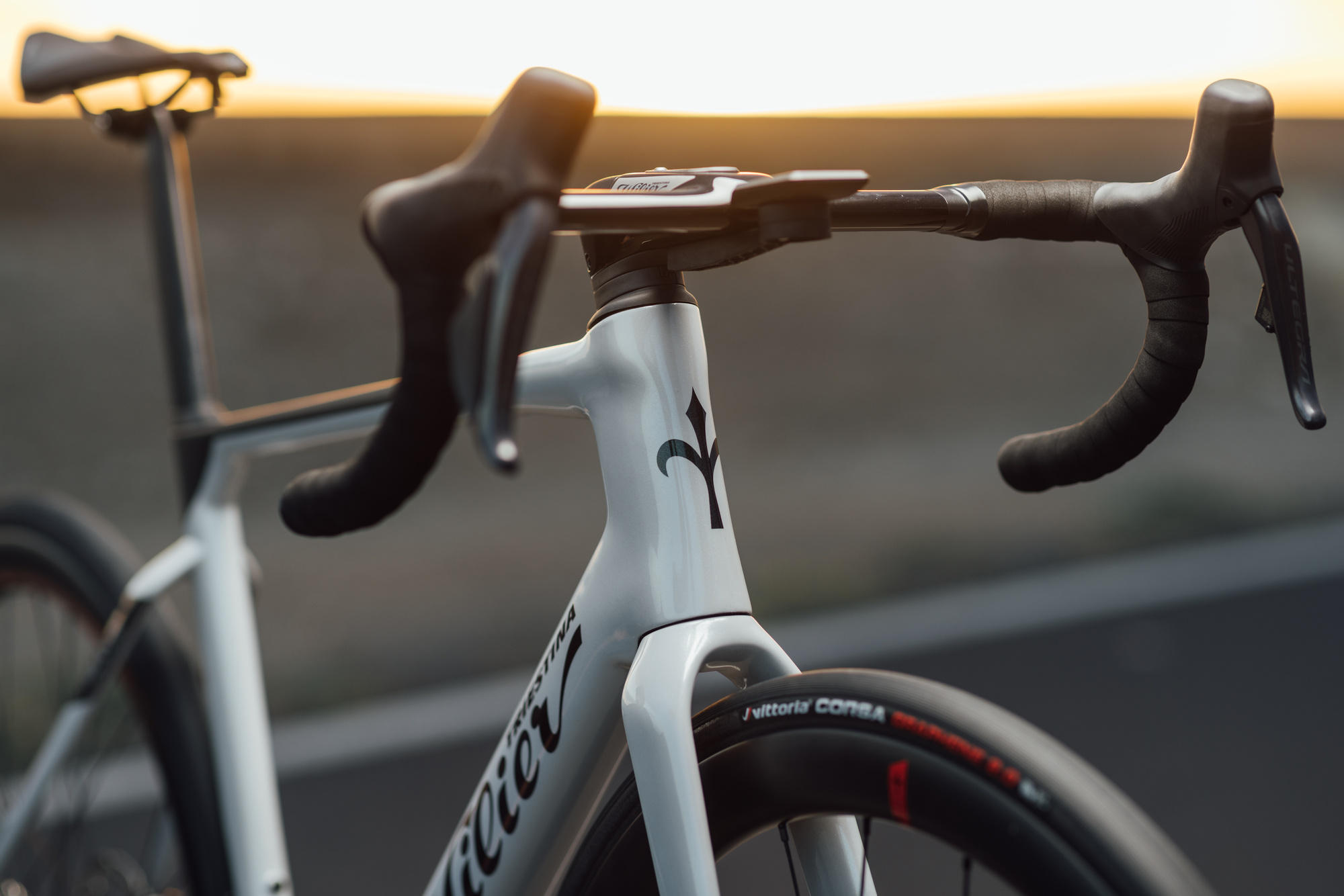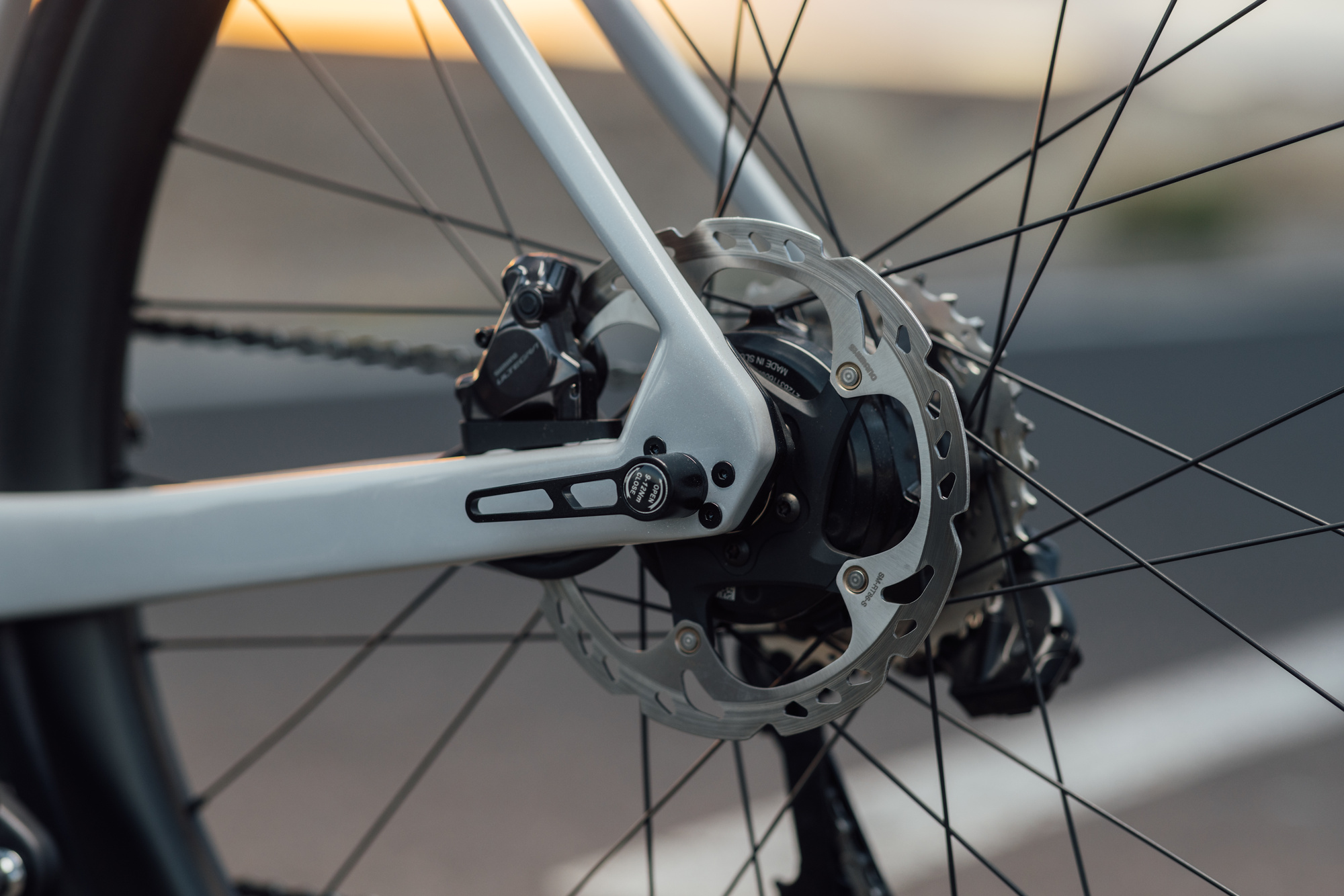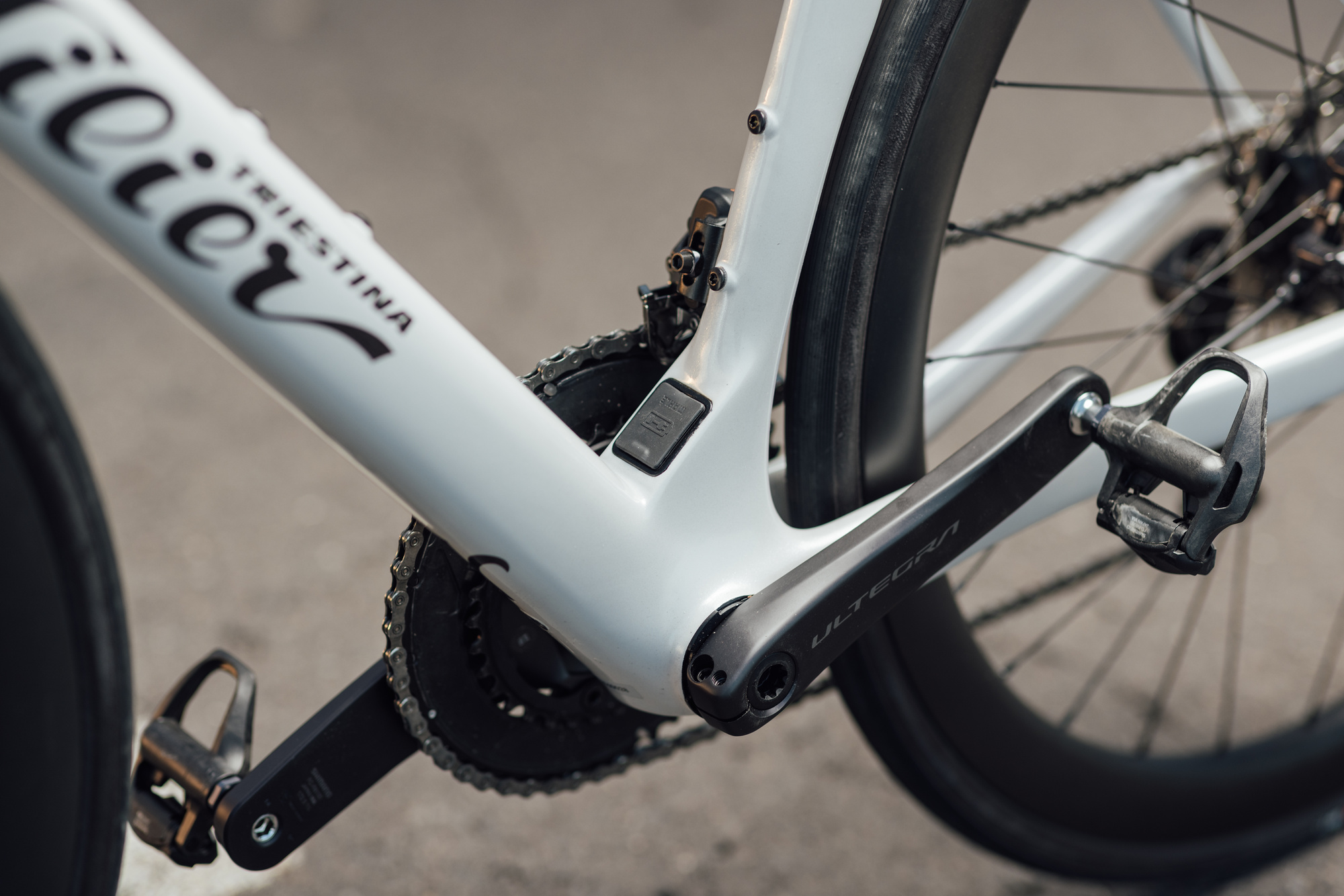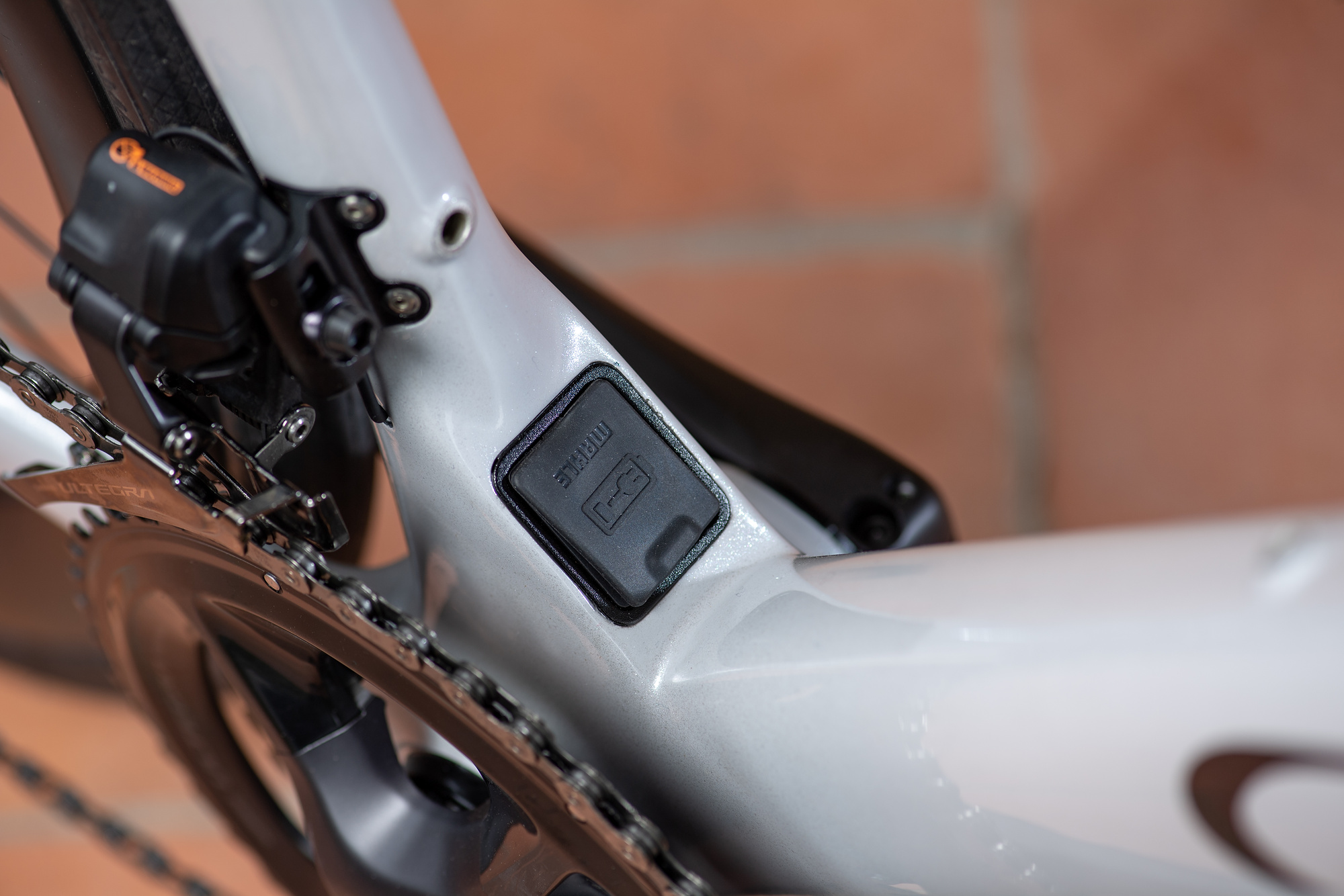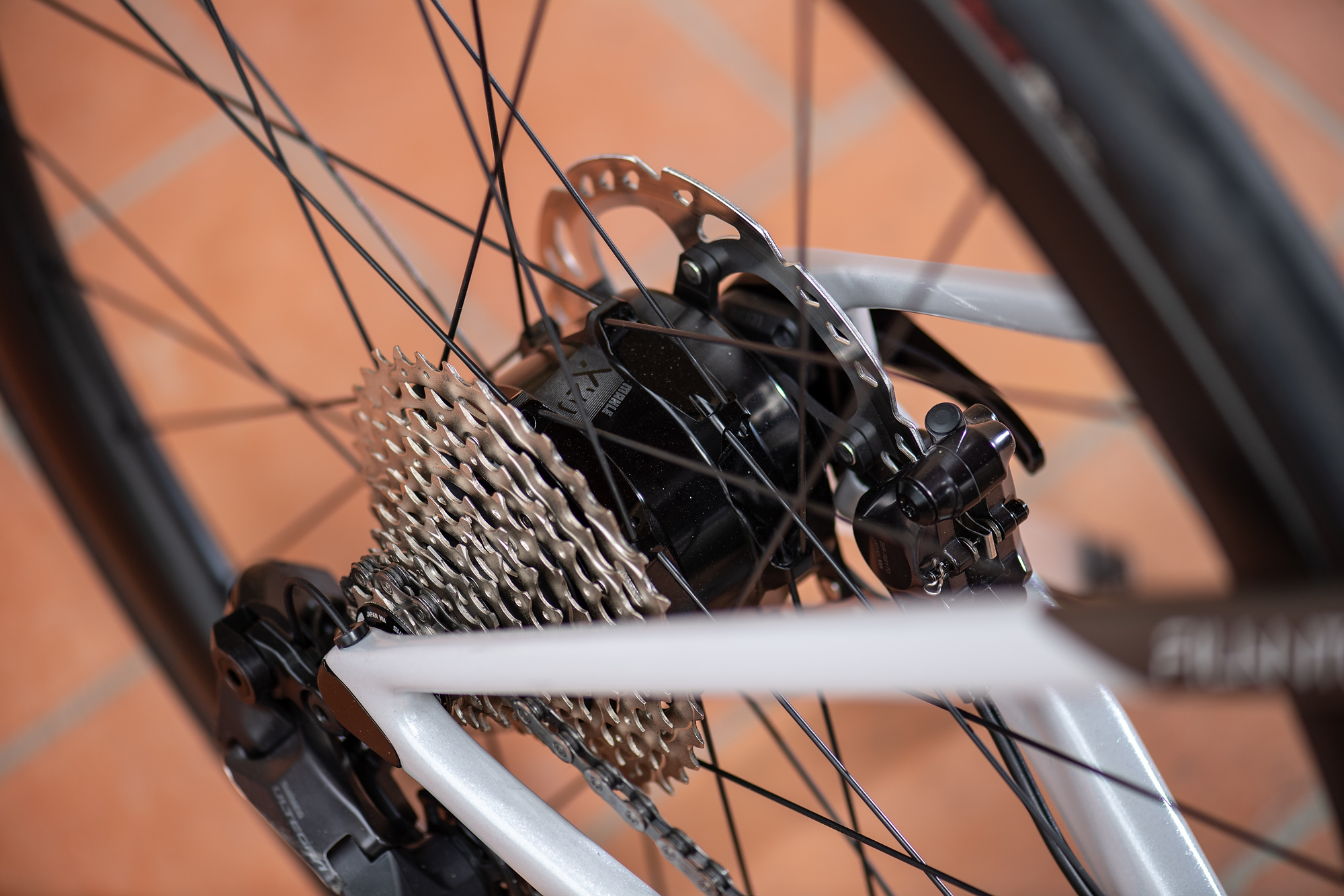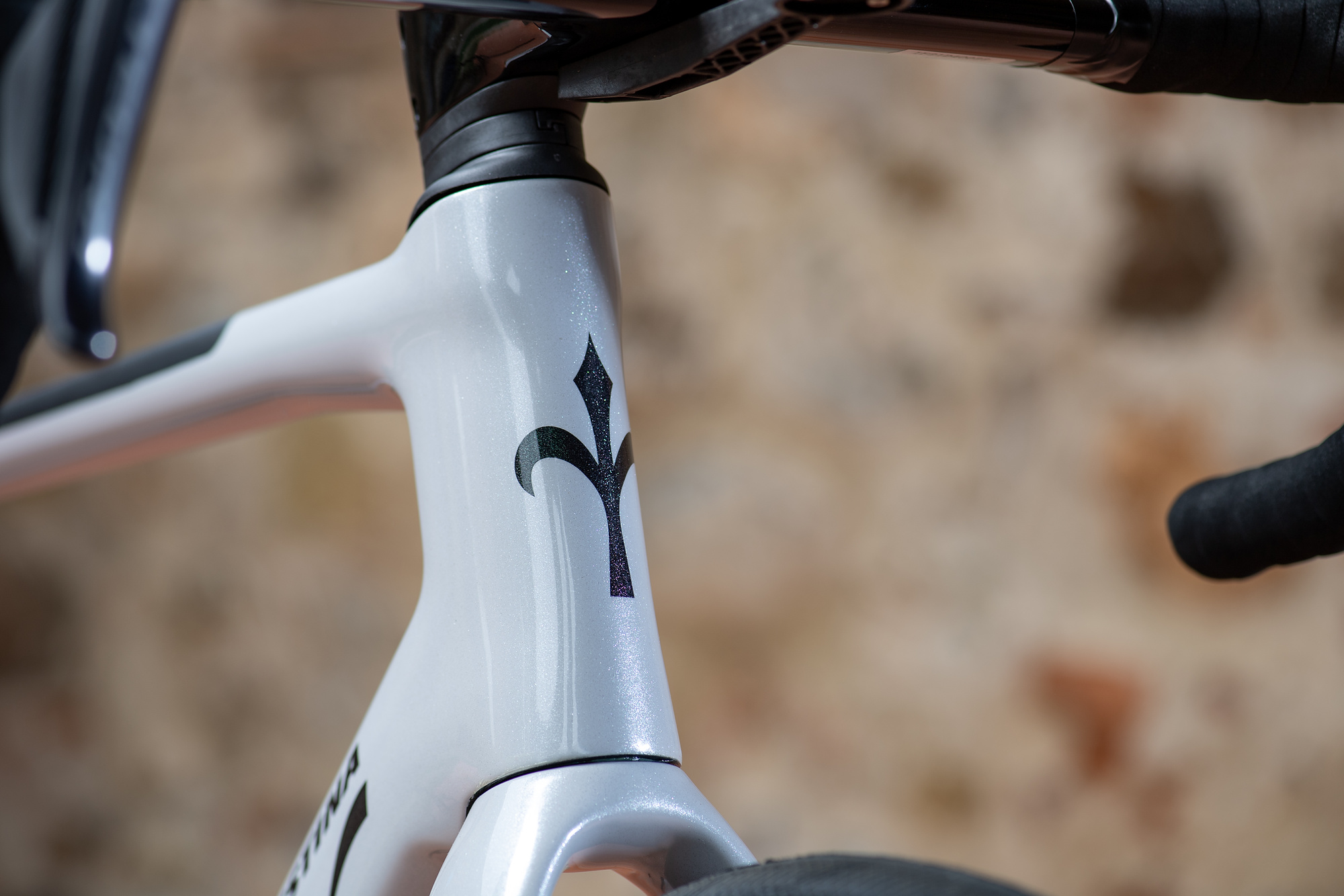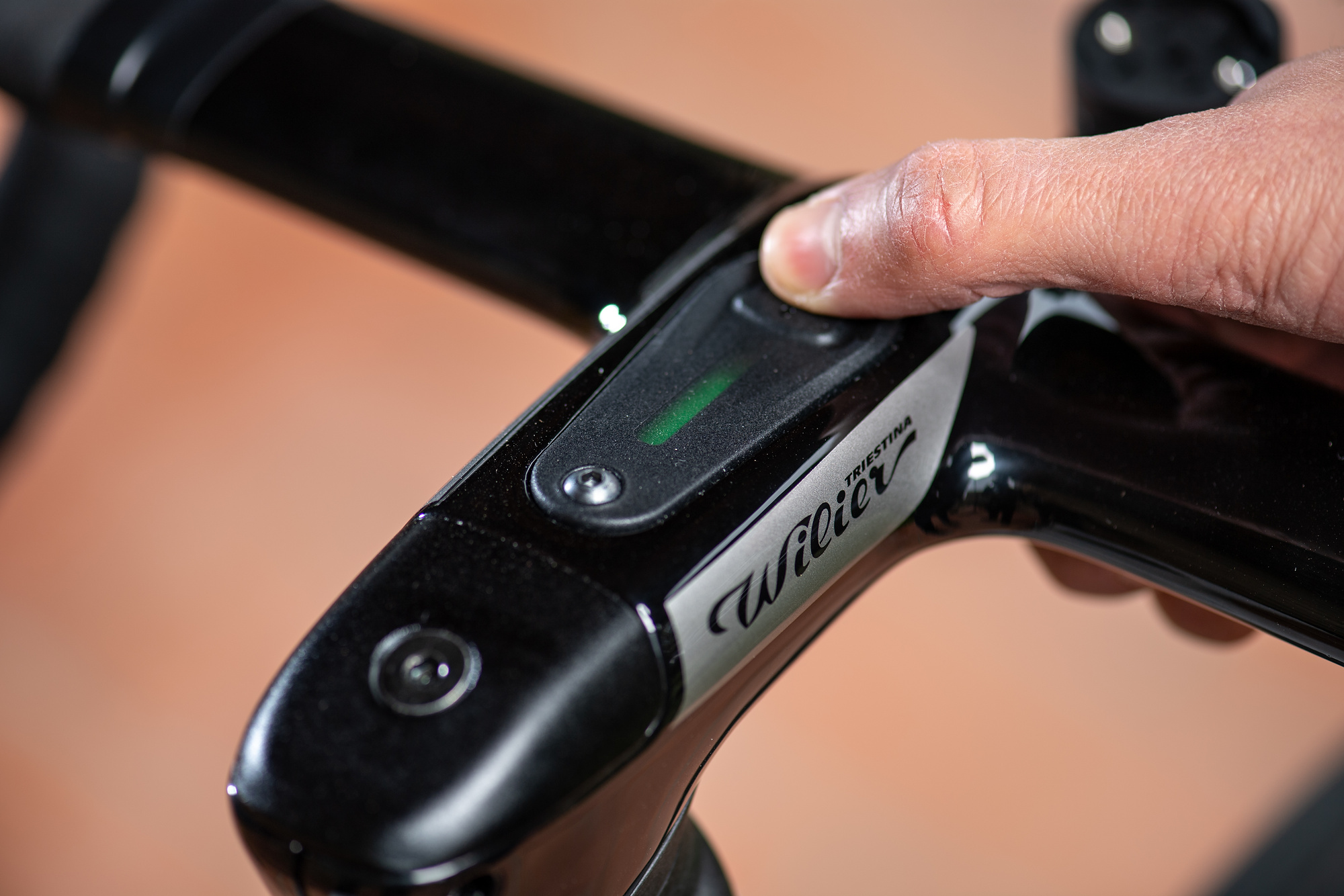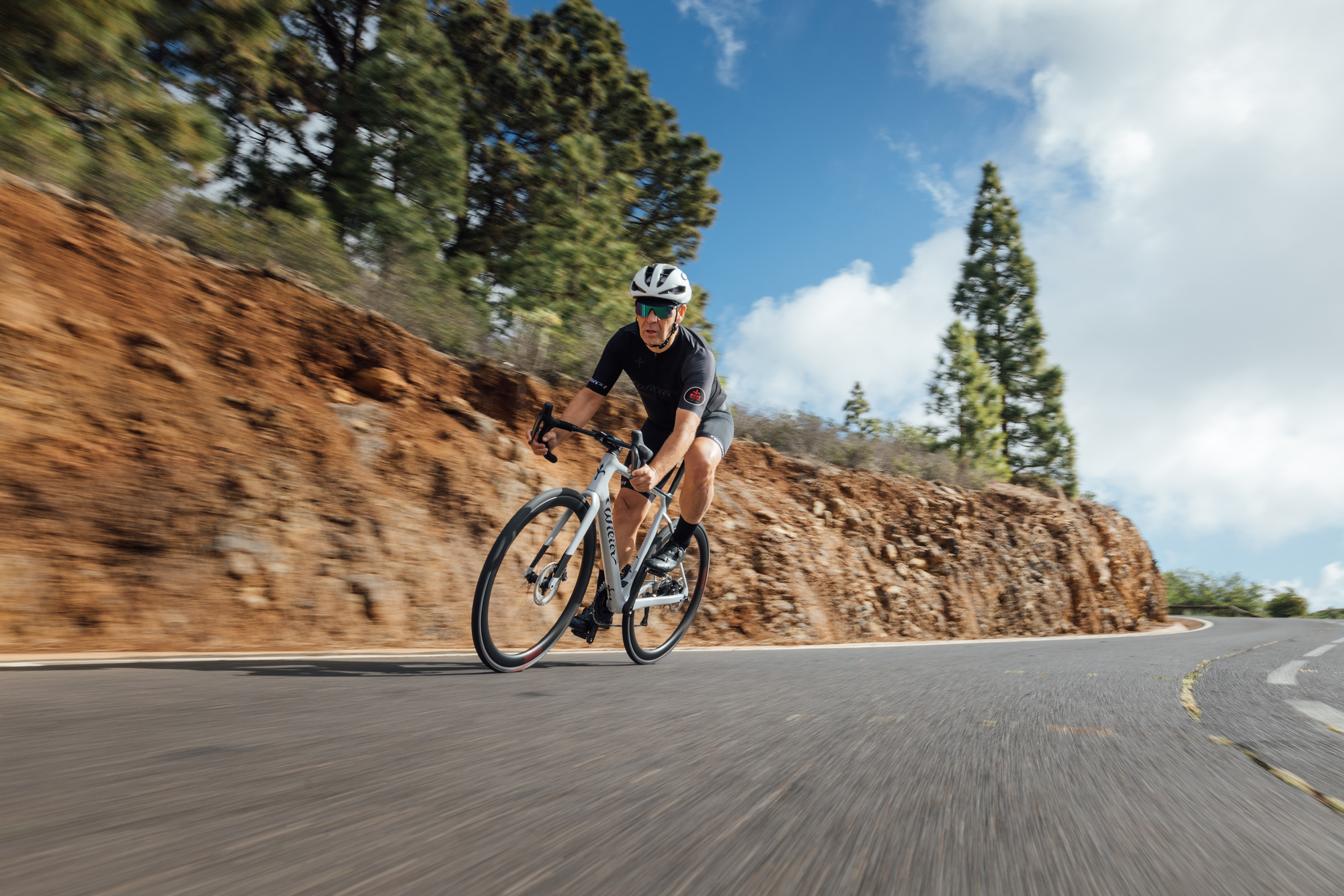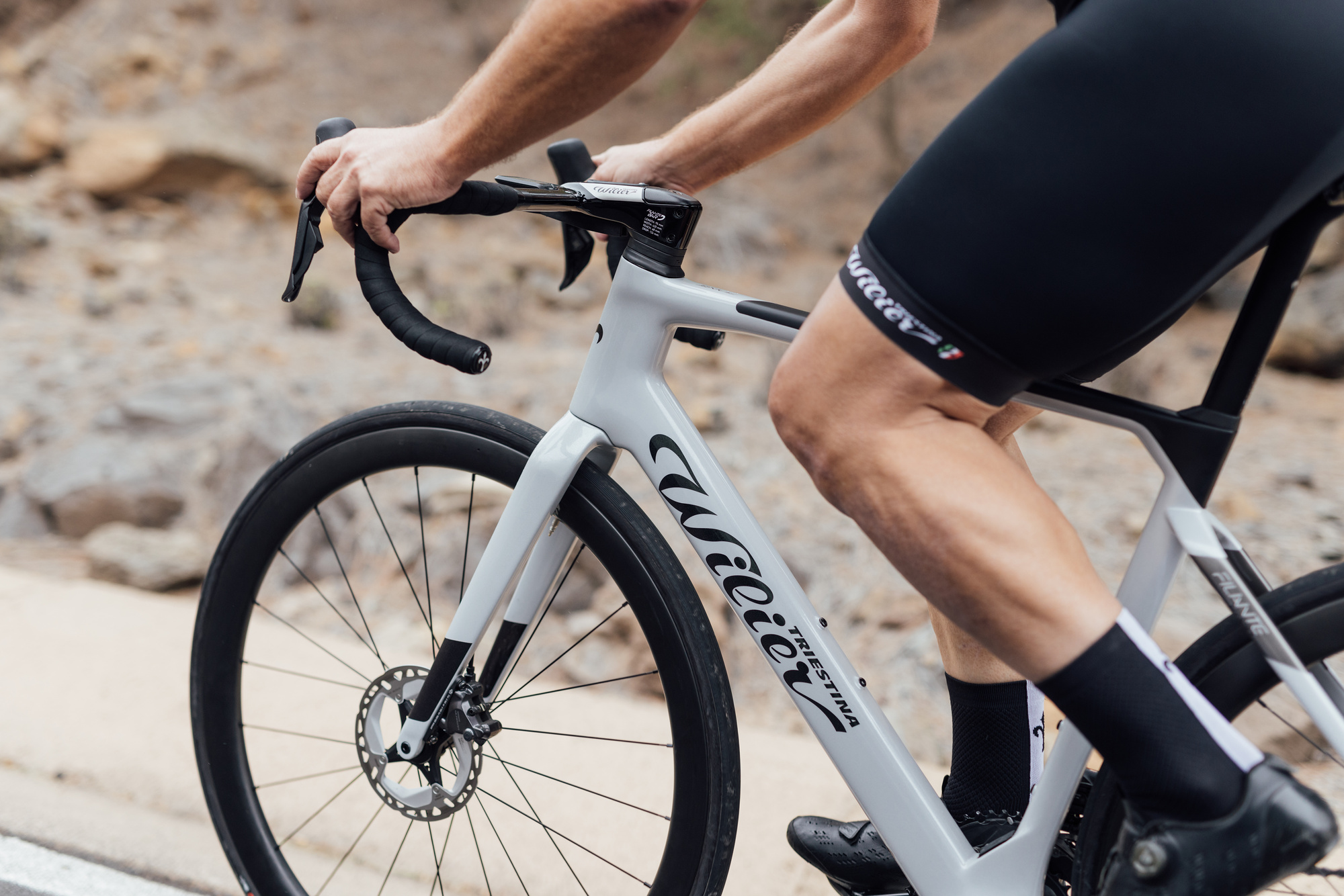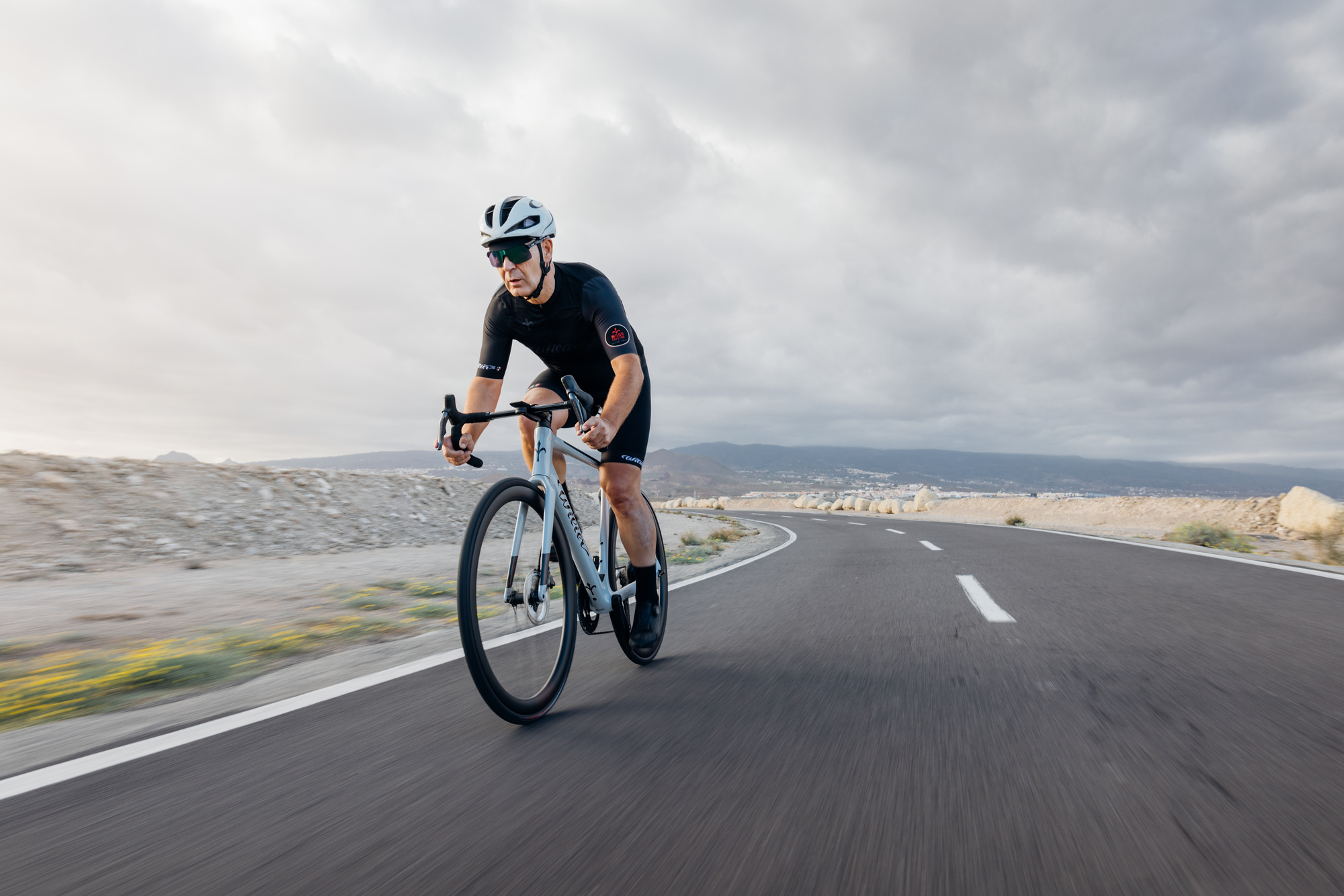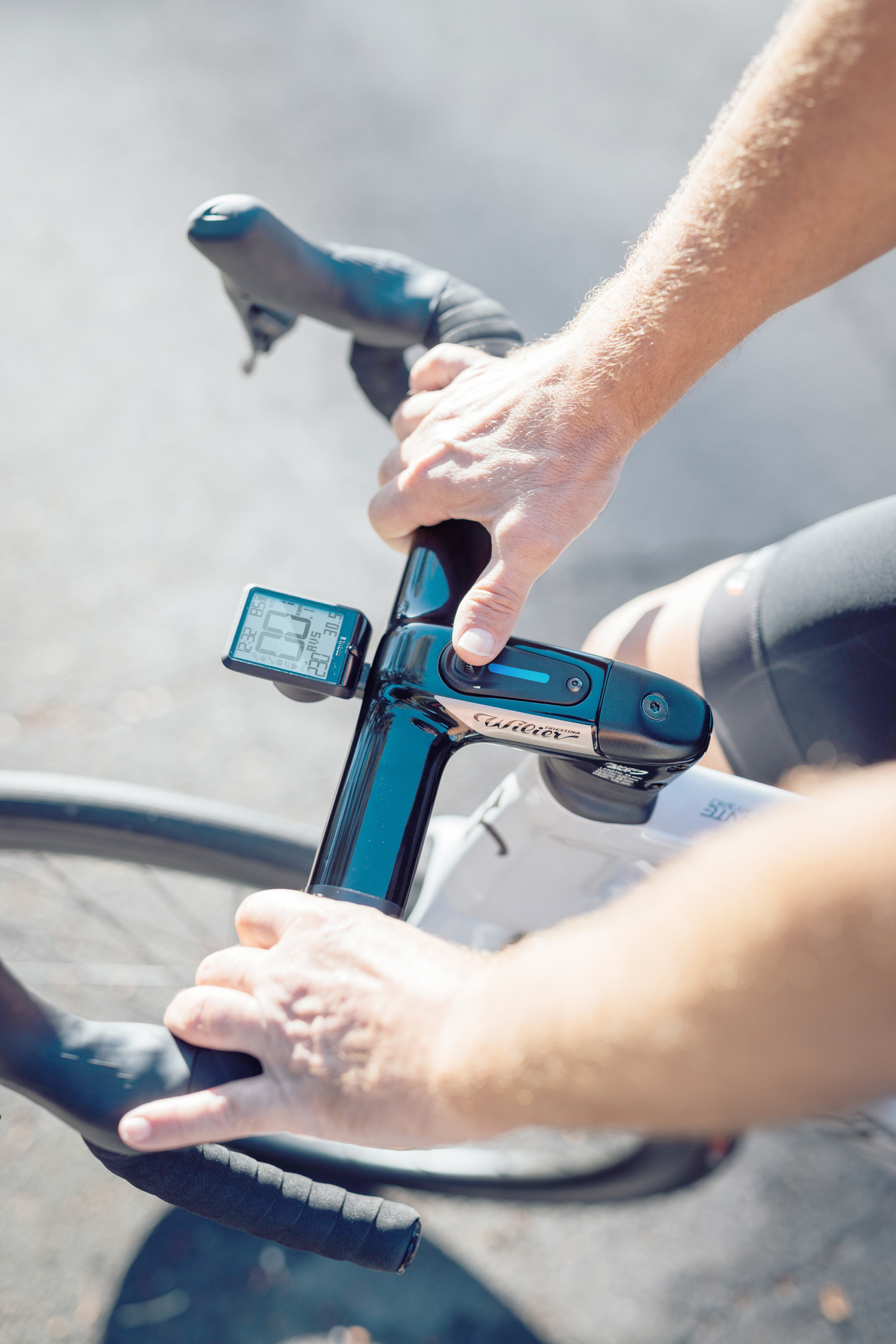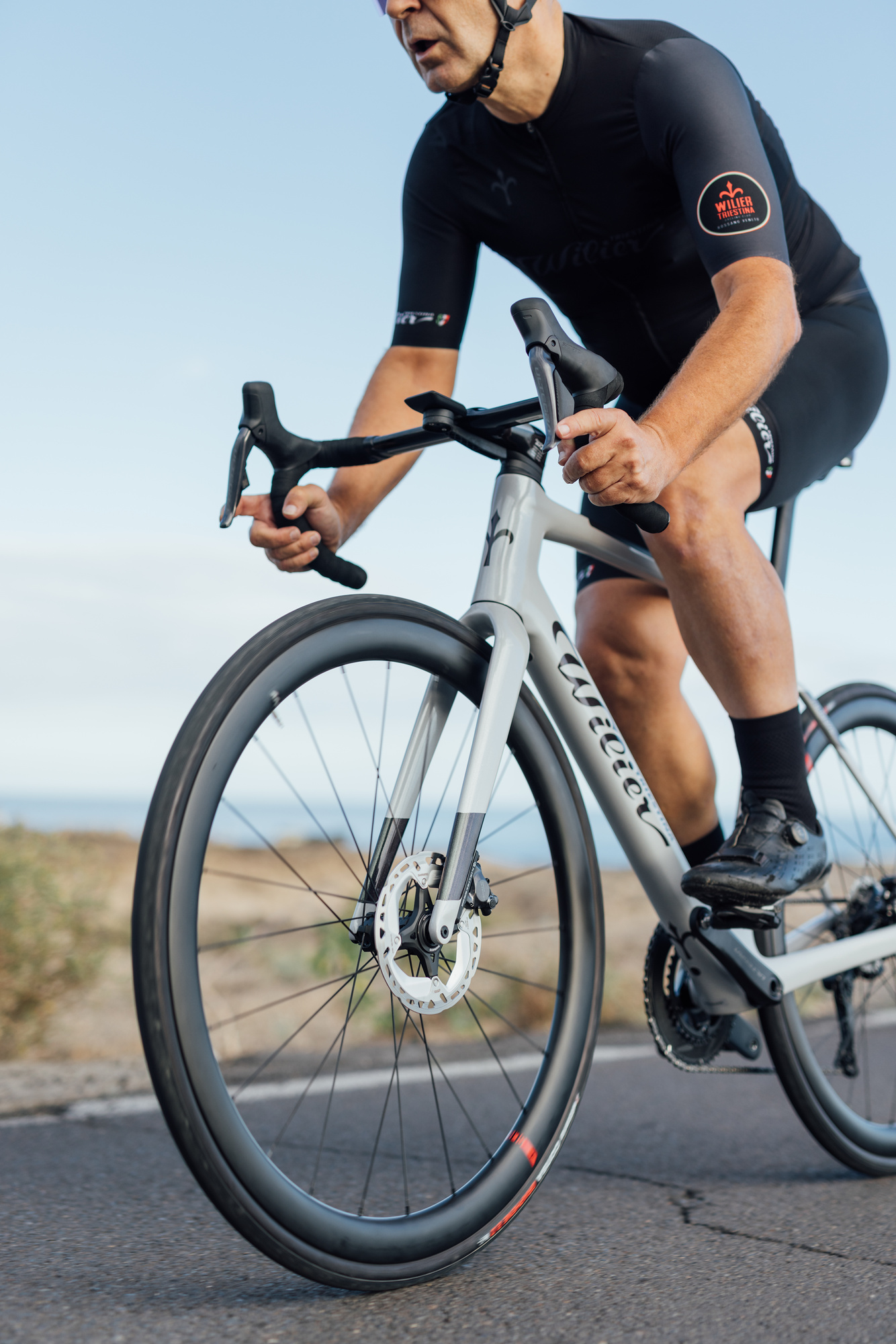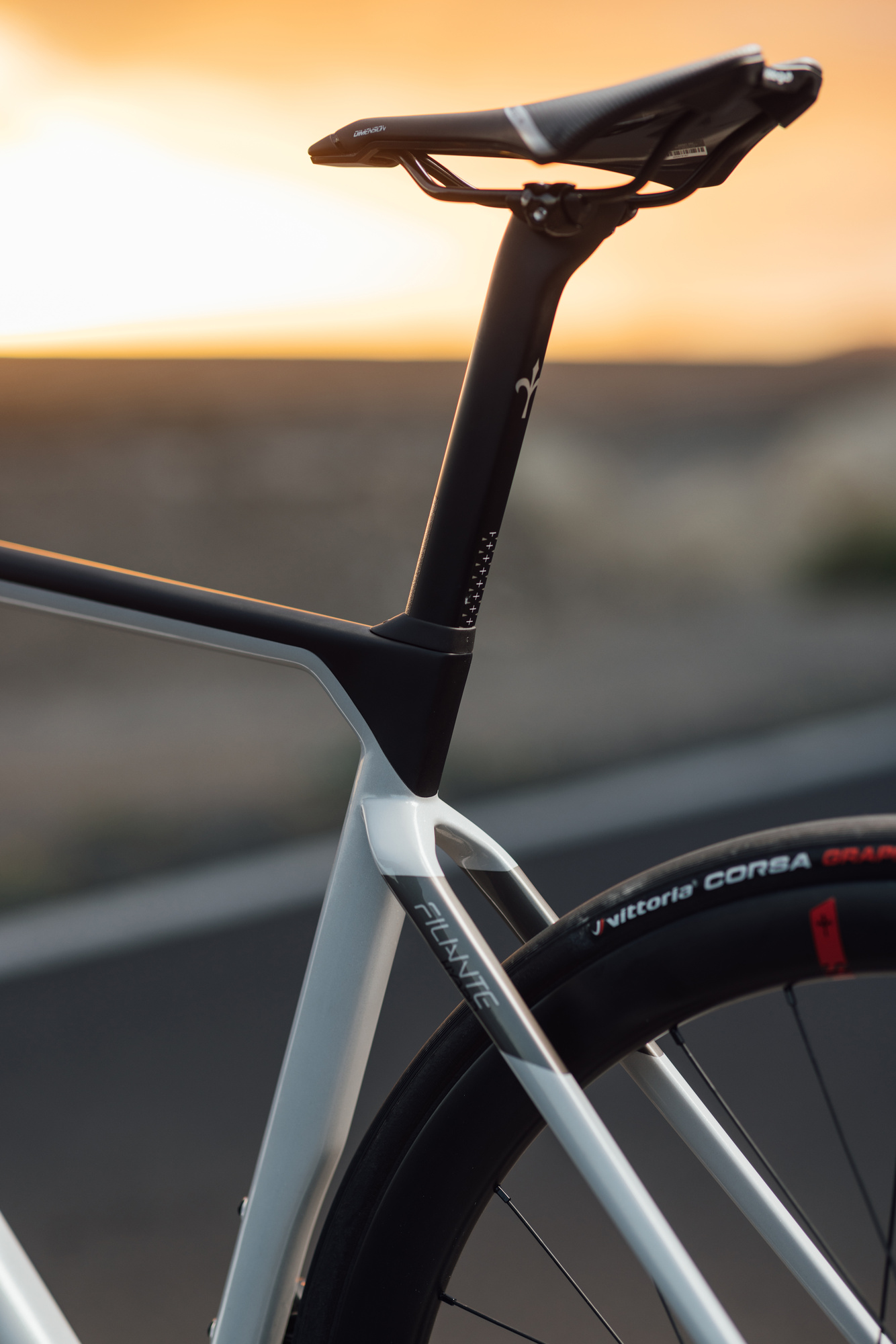Electric bikes have become an essential part of every large bike manufacturer’s portfolio as more and more clients become aware of their potential. Either if you still want to keep up with the pace of young road grupetto or you prefer ripping downhill MTB singletracks, electric bikes allow you to do that and more. With time, we have observed a gradual evolution, and nowadays engines and batteries are fully integrated into the frame, only distinguishable by their big dimensions, making them easily spottable.
The Italian brand Wilier Triestina is no different from other major brands and has several oversized diagonal-tube bikes with electrical assistance in their catalog. However, that is about to change. With the release of the road model Filante Hybrid, they are introducing the new X20 motor, the lightest pedal assist system in the world. Not only have they rethought the weight but also the whole design of what an electric racing bike should be. The Filante Hybrid has improved battery management, aerodynamics, and overall performance. In fact, everything is so well integrated that it is only when you ride it that you realize it has pedal assistance, as we could see firsthand in the last Road Bike Connection.
Where is the Hybrid?
From a quick glance at the bike, it is hard to know whether we have the Filante SLR model (top-end carbon frame) or the Filante Hybrid in front of us. There are no holes in the frame, as everything is integrated through the monocoque carbon handlebar so that wires and hoses are unnoticeable. The slight differences are found in the charging plug on top of the bottom bracket and a relaxed endurance geometry, even though it looks aggressive given its high stack and limited reach.
Taking a closer look, we can appreciate that the integrated handlebars include a button and display (the new iWoc) on the stem part. This allows access to the pedal assistance system to change its level of aid (automatic, eco, sport, or boost). The interface is improved so that cyclists can easily change the power level and see how much battery is left without having to remove their hands from the top of the bars, improving riding safety.
The riding feeling
To improve the riding experience they have introduced a new bottom bracket with a power and frequency sensor. The system reads the cyclist’s power to modulate the delivered assistance so that it feels like natural pedaling with no jerks, sudden accelerations, or loss of assistance. This feedback system also optimizes the battery consumption as the assistance is sensitive to the cyclist’s riding style.
All of that can be controlled by the iWoc interlock, but data is ultimately visualized by Pulsar One. This is an easy-to-use onboard computer that gives real-time data of the ride and allows it to connect to the X20 system and other sensors (cadence, external powermeter, heart rate) by ANT+ technology.
About the technology
The lightest and most integrated pedal-assist system claim is definitely appropriate. The whole X20 motor has been minimized as much as possible resulting in a 24-spoke hub that is hardly noticeable at first sight. The complete weight of the system is 3.5 kg, with the Mahle’s new motor providing a maximum torque of 60 N·m. The battery integrated into the down tube has a capacity of 250 Wh, which can be further extended with a bottle-shaped battery to be fitted on the seat post bottle holder, adding 185 Wh to the system.
So, the most expected question. What is the bike weight? For an M-size frameset with the new Shimano Dura-Ace Di2 12s groupset and Wilier SLR 42 KC wheels, it is just 10.5 kg, a weight comparable to high-end MTB that will allow you to ride even with the motor off. Also, they claim that they have achieved to reduce the weight to 9.9 kg by employing different configurations with components that they don’t sell directly.
An important detail that makes Filante Hybrid stand out from the rest of electric bikes is the quick assembling of the wheel, which is conceived by a traditional thru-axle. Once you place the wheel on the frame, the system automatically connects the battery so that there are no more cables to deal with. Surprisingly, this is achieved by a built-in electrical connector slider in the rear dropout that ensures the right hub position with no risk of misalignment and safe battery connection.




